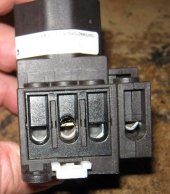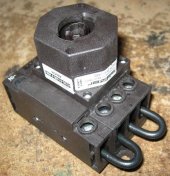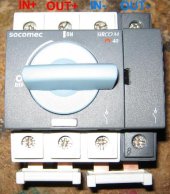My solar switch burned out at almost 50% of the stated max amps & volts.

Aha! It's wired in series, and it obviously should be in parallel, I thought.

If it were wired in parallel I'd get twice the switching amps and it wouldn't burn out, I thought.
So taking a look at a few switches on ebay etc, they're all the same!

The one that I finally bought states "pole connection in series obligatory".
Has the world gone mad or am I missing something?

Aha! It's wired in series, and it obviously should be in parallel, I thought.

If it were wired in parallel I'd get twice the switching amps and it wouldn't burn out, I thought.
So taking a look at a few switches on ebay etc, they're all the same!

The one that I finally bought states "pole connection in series obligatory".
Has the world gone mad or am I missing something?
Last edited:



